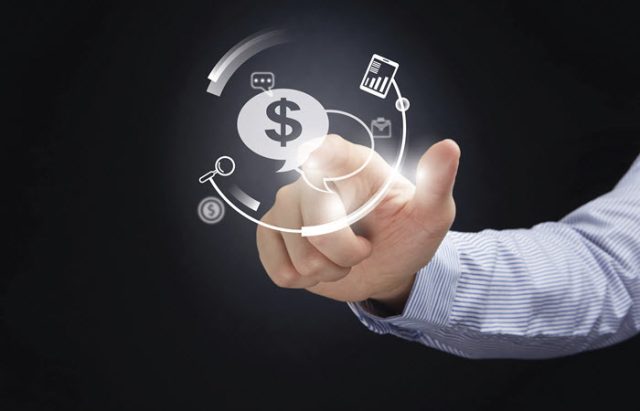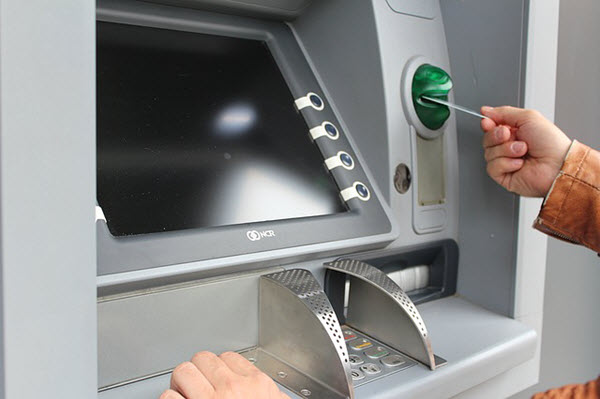Personal Line of Credit: From Basics to Benefits
By Shiv Nanda
January 25, 2018 • Fact checked by Dumb Little Man

Even in a fluctuating financial market, you can always find a way to avail credit and access funds. The catch lies in choosing the right lender or financial product. If you are looking for a relatively flexible option with a lower interest rate, consider a personal line of credit.
What is a Personal Line of Credit?
A personal line of credit allows the borrower to use only the money he/she needs. Its variable rate of interest is typically lower than the interest rates on fixed loans.
While the lender approves your entire loan amount at once, the borrower only pays interest on the amount transferred for use. A personal line of credit lets you maintain a maximum loan balance account and gives you instant access to funds. This is a continuous revolving credit account and includes a maximum borrowing limit.
The credit limit will depend on the CIBIL score, which reflects the borrower’s creditworthiness. It’s based on his income and credit history. As the borrower repays a part of the amount, the interest is then charged on the remaining balance, which keeps reducing every month.
Personal Loan vs. Personal Line of Credit

A personal loan provides the borrower access to a fixed amount of cash for a predefined period where the repayment timeline remains fixed and pre-payment attracts an additional fee.
A personal line of credit, on the other hand, is available for use at any time. Its interest is not charged on the entire amount allocated to you. In a personal loan, the lump sum amount is disbursed to the borrower for one-time use and the interest is charged on the entire amount, regardless of the amount used.
Another major difference between a loan and a line of credit is the rate of interest.
The interest rate of a personal line of credit is generally higher than a personal loan. Yet, if you compare the closing costs of both, a personal line of credit would prove to be an affordable option. A personal line of credit is flexible, open-ended, and can be used for any purpose.
Interest Rates and Processing Fees
Banks and non-banking financial businesses are now offering financial products with the benefits of a personal credit line.
The generic charges and fees of such funds typically include:
Activation Fees – This is a one-time joining fee that lending institutions charge at the time of approving a personal line of credit or on withdrawal of funds.
Interest Rates – A line of credit has a variable rate of interest that depends on the borrowers’ CIBIL score and typically ranges between 16-25% annually.
Processing Fees – The lender may charge an annual maintenance fee of 1 to 2% of the approved amount. Certain lenders don’t charge an annual fee, but they do charge a processing fee every time the borrower withdraws money.
Applicable Taxes – Government taxes are levied on a personal line of credit wherever applicable and they include the interest rate.
Who Should Leverage a Line of Credit and When
Having a line of credit helps when you don’t need a fixed amount. It’s also useful when your monetary needs are spread over a timeline of a few months. It proves beneficial in case of medical emergencies, home improvement, vacation or a family wedding where you can never be certain of the amount you would need.
Both self-employed individuals and professionals who do not have a fixed income can benefit greatly with a line of credit. Borrowers can instantly access cash through the ATM, mobile banking or checkbook and get the needed amount any time, anywhere.

The Benefits of Using a Personal Line of Credit
Fast and Flexible– Borrowers can tap into funds as and when the need arises with a personal line of credit. While they have access to a large credit amount, they also have the freedom to use only what they need and pay interest on that amount only. Also, the repayment terms are relatively flexible for both part and lump sum payments.
Affordable– Since borrowers don’t need to pay interest on the entire amount that is disbursed, the cost is reduced significantly if the funds aren’t utilized completely.
No Charges on Withdrawal– Generally, there are no charges for withdrawing money.
Higher Limits– A personal line of credit usually comes with a higher limit as compared to personal loans and credit cards. This makes it a perfect solution for funding large expenses.
No Collateral Required– A personal line of credit needs no collateral backing. Even if you don’t have any financial reserve, you can make use of a line of credit.
The Limitations
Fluctuating Interest Rates– Being an unsecured product, the interest rates of a personal credit line keep fluctuating as bank interest rates go up and down. Borrowers may end up paying much more than what they had expected.
Revolving Account– This means that borrowers need to keep track of the amount due.
Stringent Approval– A personal line of credit is approved on the basis of the borrower’s CIBIL score. Those with a poor credit history may not be able to take advantage of it.
Maintenance Cost– Some banks and NBFCs levy closing costs or maintenance charges on a personal line of credit.
No Tax Deductions– The interest charged on a personal line of credit is not tax-deductible. A line of credit is a flexible instrument fulfilling the dreams of many professionals today. So, if you are planning to make the most of this financial product, make sure you are well-informed with the right knowledge.







